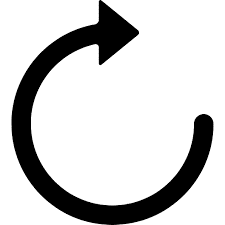News
“The ethical magician” – T.P.
Following from the notion that agents do not create the technical essence from which technology evolves, but do create the techniques that steer it, Jason Tuckwell identifies art as the sort of work that deviates.

For Tuckwell, art’s activity is located specifically in the creative process in which technē (skillfull action) works upon a general poiesis in order to make difference. Technē does so by enacting a secondary counter-oriented process within the general poietic becoming. Aristotle’s unidirectionality of universal becoming almost exclusively moves through the four causes ordered as formal -> material -> efficient->final. Tuckwell’s creative poiesis occurs by the reverse orientation of efficient causation directing back at material causation. This recursive flow causes art not as participatory in all that becomes, but rather creative of deviation.
Tuckwell continues that both modes of art are necessary; praxis and poiesis, through which technē governs a transformation of telos. This is where agency and intention enter the stage and we are left wondering how their roles will play out in the set scheme. For Tuckwell, agents are determinable by their acquired power to affect, and thereby in possession of their own telos and responsible for the causal force which shapes through poiesis. I wonder about Kant’s genius who does not know what they are doing. Perhaps for this type of artist, the unaware operator, telos could be said to be known to the body, just not accessible to the conscious mind. However, I would be interested in testing the limits of operating creative production without a directional telos. A force of general movement we could perhaps find elsewhere.
The distinction between poeisis and praxis reveals their differently positioned ‘end’; the point which pulls movement toward it. In terms of poeisis, the ‘end’ is projected outside of itself; located within the resulting product. In terms of praxis, the ‘end’ is interiorized as an ‘end’ in-itself; the actualization of an intentional act which changes shape. The ‘end in itself’; the good life and so on.
For the sake of deviating, let’s say that instead of a primary mover which is unmoved, rather we discover movement within it. Such causa sui: a sort of simultaneous movement and non-movement, could generate more and other than what, in advance, could have been willed or skilled. Here it is not a matter of operating the driving force, but rather orienting in time and space. The worker neither using their time to work, nor using their time to rest before work, but rather finding time for leisure.

Play-drive corrupts the expected logic of efficiency and directionality, as actions revel in their auto-productive plenitude. However, for Tuckwell this leads to some of our current epoch’s most pressing ethical problems. Precisely the inability of locating the source of telos, which animates technics, is a measure of concealment, lack of responsibility. And, hence, that continual making-visibile of human telos is, for Tuckwell, at the artist’s hand.
This proposal, if my understanding is right, I would like to think about for some time longer. However, being an artist myself, I believe art’s ethical function is taken up by its acknowledged power that telos could or could not be perceptible. Praxis should not only be located in the act of the artist, but also in the act of the spectator. Who, therefore, as well should be allowed the time as an ‘end’ in itself. In allowance of the difference between time for work and time for leisure, it may then become clearer to the spectator, which realms in our common world necessarily require an unveiled telos and responsibility. Without the necessary need for art to perform this task.

